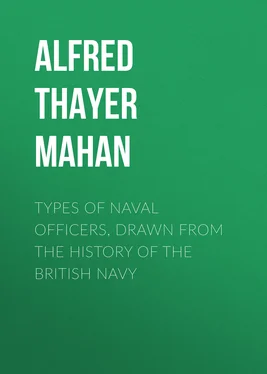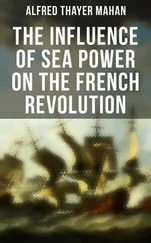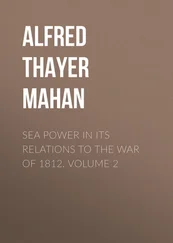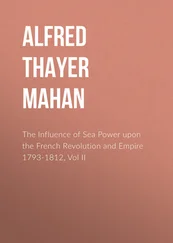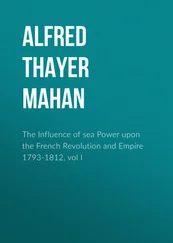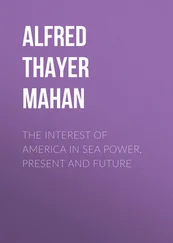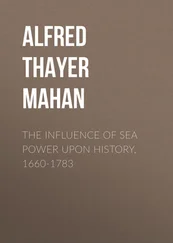Alfred Thayer Mahan - Types of Naval Officers, Drawn from the History of the British Navy
Здесь есть возможность читать онлайн «Alfred Thayer Mahan - Types of Naval Officers, Drawn from the History of the British Navy» — ознакомительный отрывок электронной книги совершенно бесплатно, а после прочтения отрывка купить полную версию. В некоторых случаях можно слушать аудио, скачать через торрент в формате fb2 и присутствует краткое содержание. Жанр: foreign_prose, История, foreign_edu, foreign_antique, на английском языке. Описание произведения, (предисловие) а так же отзывы посетителей доступны на портале библиотеки ЛибКат.
- Название:Types of Naval Officers, Drawn from the History of the British Navy
- Автор:
- Жанр:
- Год:неизвестен
- ISBN:нет данных
- Рейтинг книги:3 / 5. Голосов: 1
-
Избранное:Добавить в избранное
- Отзывы:
-
Ваша оценка:
- 60
- 1
- 2
- 3
- 4
- 5
Types of Naval Officers, Drawn from the History of the British Navy: краткое содержание, описание и аннотация
Предлагаем к чтению аннотацию, описание, краткое содержание или предисловие (зависит от того, что написал сам автор книги «Types of Naval Officers, Drawn from the History of the British Navy»). Если вы не нашли необходимую информацию о книге — напишите в комментариях, мы постараемся отыскать её.
Types of Naval Officers, Drawn from the History of the British Navy — читать онлайн ознакомительный отрывок
Ниже представлен текст книги, разбитый по страницам. Система сохранения места последней прочитанной страницы, позволяет с удобством читать онлайн бесплатно книгу «Types of Naval Officers, Drawn from the History of the British Navy», без необходимости каждый раз заново искать на чём Вы остановились. Поставьте закладку, и сможете в любой момент перейти на страницу, на которой закончили чтение.
Интервал:
Закладка:
But after engaging he committed palpable and even discreditable mistakes. Hauling to windward—away—when the Marlborough forced him ahead, abandoned that ship to overwhelming numbers, and countenanced the irresolution of the Dorsetshire and others. Continuing to stand north, after wearing on the evening of the battle, was virtually a retreat, unjustified by the conditions; and it would seem that the same false step gravely imperilled the Berwick , Hawke holding on, most properly, to the very last moment of safety, in order to get back his prize-crew. Bringing-to on the night of the 23d was an error of the same character as standing north during that of the 22d. It was the act of a doubtful, irresolute man,—irresolute, not because a coward, but because wanting in the self-confidence that springs from conscious professional competency. In short, the commander-in-chief's unfitness was graphically portrayed in the conversation with Cornwall from the quarter gallery of the flag-ship. "If you approve and will go down with me, I will go down." Like so many men, he needed a backer, to settle his doubts and to stiffen his backbone. The instance is far from unique.
In the case of Byng, as of Mathews, we are not concerned with the general considerations of the campaign to which the battle was incidental. It is sufficient to note that in Minorca, then a British possession, the French had landed an army of 15,000 men, with siege artillery sufficient to reduce the principal port and fortress, Port Mahon; upon which the whole island must fall. Their communications with France depended upon the French fleet cruising in the neighborhood. Serious injury inflicted upon it would therefore go far to relieve the invested garrison.
Under these circumstances the British fleet sighted Minorca on the 19th of May, 1756, and was attempting to exchange information with the besieged, when the French fleet was seen in the southeast. Byng stood towards it, abandoning for the time the effort to communicate. That night both fleets manoeuvred for advantage of position with regard to the wind. The next day, between 9 and 10 A.M., they came again in view of each other, and at 11 were about six miles apart, the French still to the southeast, with a breeze at south-southwest to southwest. The British once more advanced towards them, close hauled on the starboard tack, heading southeasterly, the enemy standing on the opposite tack, heading westerly, both carrying sail to secure the weather gage (B1, F1). It appeared at first that the French would pass ahead of the British, retaining the windward position; but towards noon the wind changed, enabling the latter to lie up a point or two higher (B2). This also forced the bows of the several French vessels off their course, and put them out of a regular line of battle; that is, they could no longer sail in each other's wake (F2). Being thus disordered, they reformed on the same tack, heading northwest, with the wind very little forward of the beam. This not only took time, but lost ground to leeward, because the quickest way to re-establish the order was for the mass of the fleet to take their new positions from the leewardmost vessel. When formed (F3), as they could not now prevent the British line from passing ahead, they hove-to with their main-topsails aback,—stopped,—awaiting the attack, which was thenceforth inevitable and close at hand.
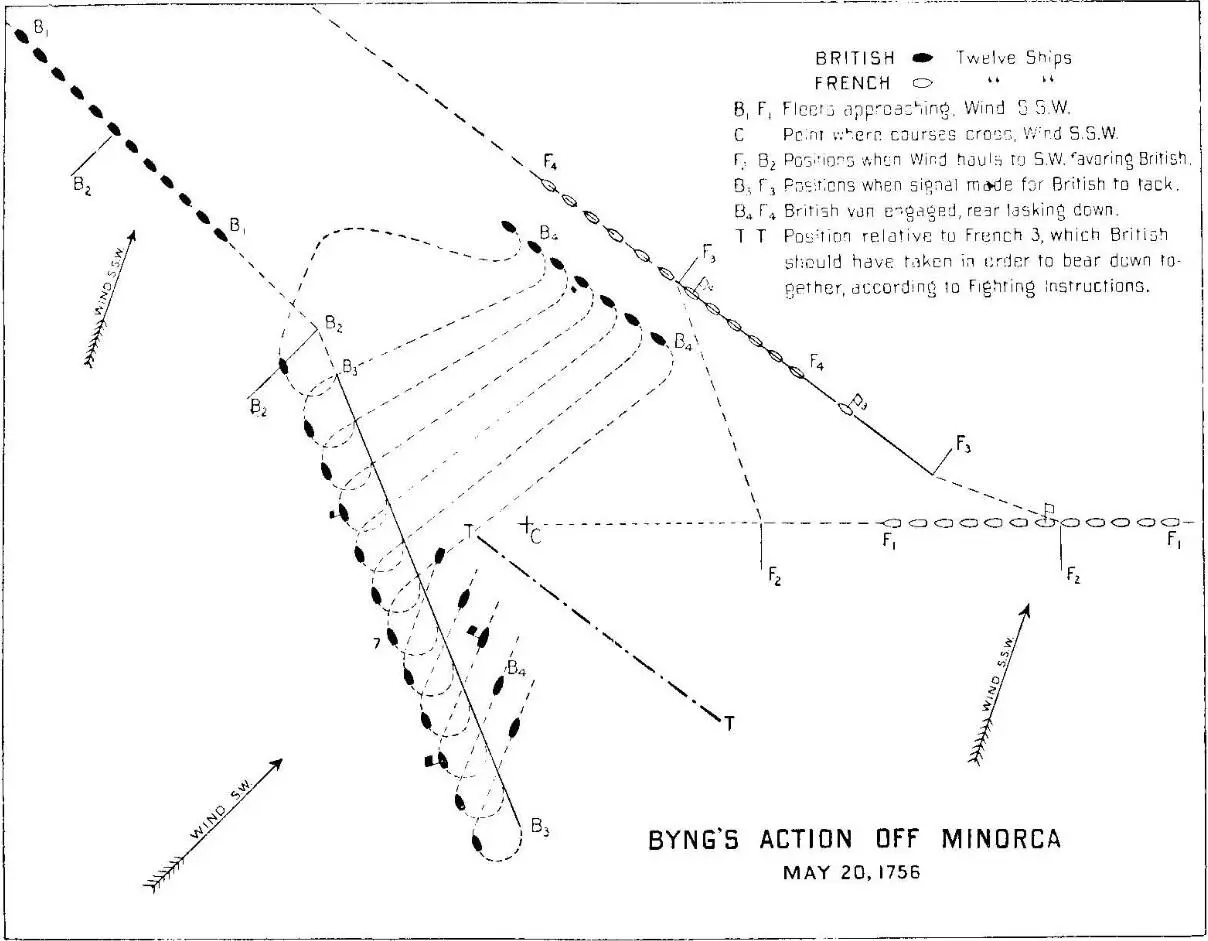
Plan of Byng's Action off Minorca, May 20, 1756
In consequence of what has been stated, the British line (B2-B3)—more properly, column—was passing ahead of the French (F2-F3), steering towards their rear, in a direction in a general sense opposite to theirs, but not parallel; that is, the British course made an angle, of between thirty and forty-five degrees, with the line on which their enemy was ranged. Hence, barring orders to the contrary,—which were not given,—each British ship was at its nearest to the enemy as she passed their van, and became more and more distant as she drew to the rear. It would have been impossible to realize more exactly the postulate of the 17th Article of the Fighting Instructions, which in itself voiced the ideal conditions of an advantageous naval position for attack, as conceived by the average officer of the day; and, as though most effectually to demonstrate once for all how that sort of thing would work, the adjunct circumstances approached perfection. The admiral was thoroughly wedded to the old system, without an idea of departing from it, and there was a fair working breeze with which to give it effect, for the ships under topsails and foresail would go about three knots; with top-gallant sails, perhaps over four. A fifty-gun ship, about the middle of the engagement, had to close her lower deck ports when she set her top-gallant sails on the wind, which had then freshened a little.
The 17th Article read thus: "If the admiral see the enemy standing towards him, and he has the wind of them, the van of the fleet is to make sail till they come the length of the enemy's rear, and our rear abreast of the enemy's van; then he that is in the rear of our fleet is to tack first, and every ship one after another as fast as they can throughout the whole line; and if the admiral will have the whole fleet to tack together, the sooner to put them in a posture of engaging the enemy, he will hoist" a prescribed signal, "and fire a gun; and whilst they are in fight with the enemy the ships will keep at half a cable's length—one hundred yards—one of the other." All this Byng aimed to do. The conditions exactly fitted, and he exactly followed the rules, with one or two slight exceptions, which will appear, and for which the Court duly censured him.
When thus much had been done, the 19th Article in turn found its postulate realized, and laid down its corresponding instruction: "If the admiral and his fleet have the wind of the enemy, and they have stretched themselves in a line of battle, the van of the admiral's fleet is to steer with the van of the enemy's, and there to engage with them." The precise force of "steer with" is not immediately apparent to us to-day, nor does it seem to have been perfectly clear then; for the question was put to the captain of the flag-ship,—the heroic Gardiner,—"You have been asked if the admiral did not express some uneasiness at Captain Andrews"—of the van ship in the action—"not seeming to understand the 19th Article of the Fighting Instructions; Do not you understand that article to relate to our van particularly when the two fleets are [already] in a parallel line of battle to each other?" (As TT, F3). Answer : "I apprehended it in the situation" [not parallel] "we were in 1 1 This wording and punctuation is exact from the text.
if the word For were instead of the word With , he would, I apprehend, have steered directly for the van ship of the Enemy." Question . "As the 19th Article expresses to steer with the van of the enemy, if the leading ship had done so, in the oblique line we were in with the enemy, and every ship had observed it the same, would it not have prevented our rear coming to action at all, at least within a proper distance?" Answer : "Rear, and van too." "Steer with" therefore meant, to the Court and to Gardiner, to steer parallel to the enemy,—possibly likewise abreast,—and if the fleets were already parallel the instruction would work; but neither the articles themselves, nor Byng by his signals, did anything to effect parallelism before making the signal to engage.
The captain of the ship sternmost in passing, which became the van when the fleet tacked together according to the Instructions and signals, evidently shared Gardiner's impression; when about, he steered parallel to—"with"—the French, who had the wind nearly abeam. The mischief was that the ships ahead of him in passing were successively more and more distant from the enemy, and if they too, after tacking, steered with the latter, they would never get any nearer. The impasse is clear. Other measures doubtless would enable an admiral to range his fleet parallel to the enemy at any chosen distance, by taking a position himself and forming the fleet on his ship; or, in this particular instance, Byng being with the van as it, on the starboard tack, was passing the enemy (B3 B3), could at any moment have brought his fleet parallel to the French by signalling the then van ship to keep away a certain amount, the rest following in her wake. Nothing to that effect being in the Instructions, it seems not to have occurred to him. His one idea was to conform to them, and he apprehended that after tacking, as they prescribed, the new van ship would bear down and engage without further orders, keeping parallel to the French when within point-blank, the others following her as they could; a process which, from the varying distances, would expose each to a concentrated fire as they successively approached. Byng's action is only explicable to the writer by supposing that he thus by "steer with" understood "steer for;" for when, after the fleet tacked together, the new van ship (formerly the rear) did not of her own motion head for the leading enemy, he signalled her to steer one point, and then two points, in that direction. This, he explained in his defence, was "to put the leading captain in mind of his Instructions, who I perceived did not steer away with the enemy's leading ship agreeable to the 19th Article of the Fighting Instructions." The results of these orders not answering his expectations, he then made the signal to engage, as the only remaining way perceptible to him for carrying out the Instructions.
Читать дальшеИнтервал:
Закладка:
Похожие книги на «Types of Naval Officers, Drawn from the History of the British Navy»
Представляем Вашему вниманию похожие книги на «Types of Naval Officers, Drawn from the History of the British Navy» списком для выбора. Мы отобрали схожую по названию и смыслу литературу в надежде предоставить читателям больше вариантов отыскать новые, интересные, ещё непрочитанные произведения.
Обсуждение, отзывы о книге «Types of Naval Officers, Drawn from the History of the British Navy» и просто собственные мнения читателей. Оставьте ваши комментарии, напишите, что Вы думаете о произведении, его смысле или главных героях. Укажите что конкретно понравилось, а что нет, и почему Вы так считаете.
